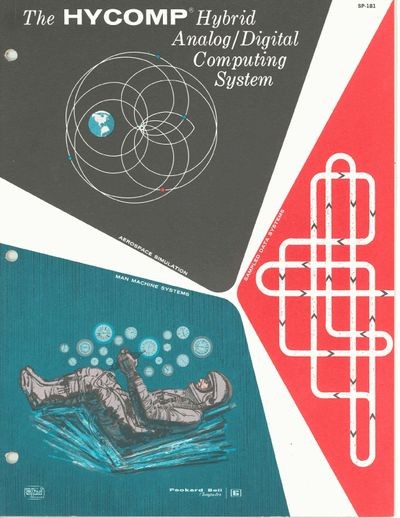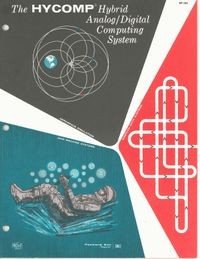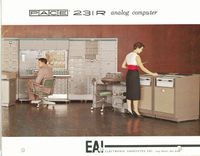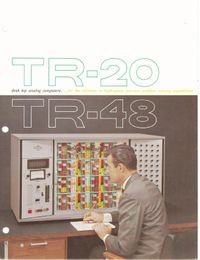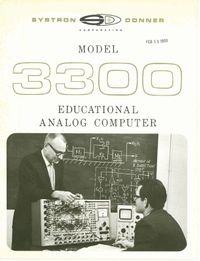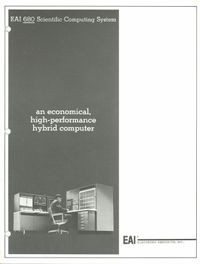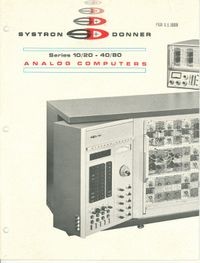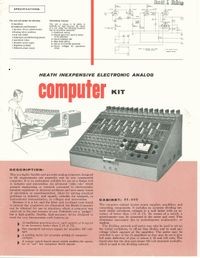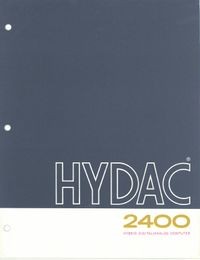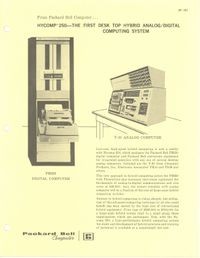Analog Computers
Analog computers were once the workhorses of scientific computing. Indeed, analog calculating devices date back many hundreds of years – typical examples being the device known as the sector (also known as the proportional compass) and the much better known logarithmic slide rule. In an analog computer, numbers are typically represented as voltages or currents, rather than as zeros and ones, as in digital machines.
The chief advantage of analog machines is that it can be easier to simulate a physical situation via hooking up (usually via plug board wires) various combinations of signal generators, integrating devices etc than learning how to write a program.
Small analog machines were regularly used in laboratories. Very large machines were often produced for work involving power transmission or telephone networks. The early days of rockets and space travel would also not have been possible without studies undertaken on analog machines. It was only in the late 1950s and early 1960s, when digital computers became fast, accurate, reliable, and cost-effective enough, that analog machines began to be phased out. Even today there are some special tasks that are more easily studied using analog techniques than digital ones.



